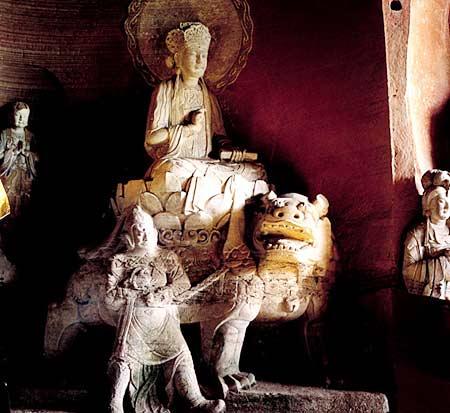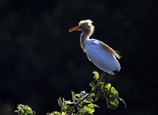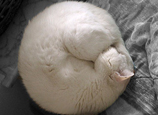
 |
| The Wenshu Buddha statute in the No.136 grotto of Beishan rides a roaring lion and shows a strong contrast between the dynamic and static states. (CNTV) |
The Baodingshan Rock Carvings, 15 kilometers to the northeast of Dazu County, were built between the sixth year of the Chunxi reign period in the Southern Song period (1179 A.D.) and the ninth year of the Chunyou reign period in the Southern Song period (1249 A.D.). With the Shengshou Temple as the center, the Baodingshan Rock Carvings contain nearly 10,000 statues scattered in 13 locations including Dafowan and Xiaofowan. The statues are mainly based on the figures and stories of Tantric Buddhism. The Baodingshan carving cluster is just like a large Buddhist resort, and shows the essence of the rock carving art during the Song Dynasty (between 960 A.D. and 1278 A.D.). The "Viravana of Sakyamuni" statue is about 31-meter long and is the largest sleeping Buddha bust statue. The splendid carving techniques, smooth carved curves, and the face and body of the Buddha give people an elegant and noble impression.
The Nanshan Rock Carvings are located to the southeast of Daze County. Most of the carvings were built during the Southern Song Dynasty (between 1127 A.D. and 1279A.D.) and a few were built later in the Ming and Qing dynasties. There are 15 grottoes containing mainly Taoist statues. The statues were carved with delicate techniques and most of them were painted with color. The Nanshan Rock Carvings have the largest number of and the most concentrated Chinese Taoist statues and the carvings can also reflect the most complete god family.


















 Wild Siberian tiger kills cattle in NE China
Wild Siberian tiger kills cattle in NE China


![]()
